Alicia Alonso: 80 years since her debut in the role of Giselle
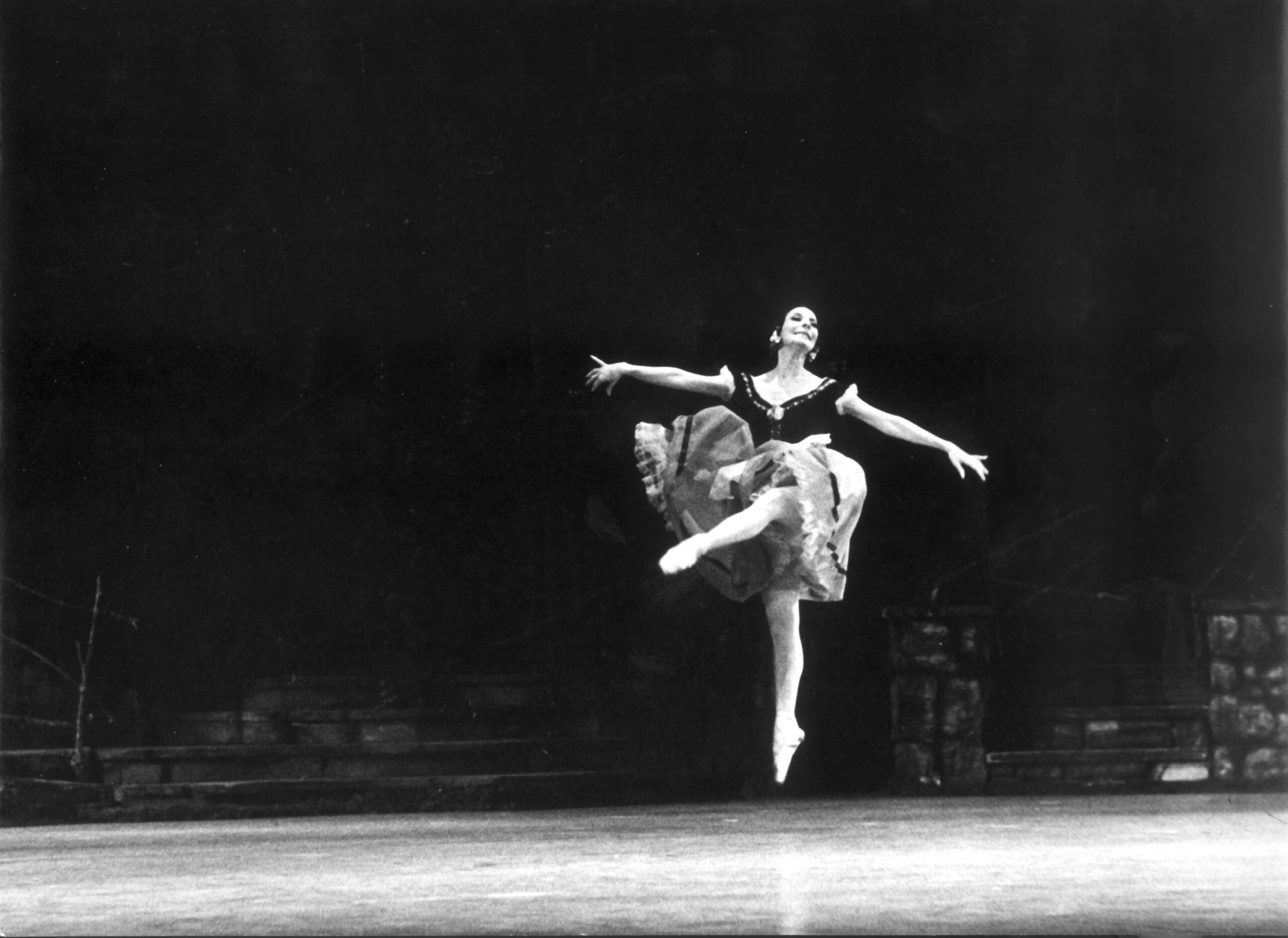
Today, 2 November 2023, marks the 80th anniversary of Alicia Alonso’s debut in the title role of Giselle at the Metropolitan Opera House in New York, which took place on 2 November 1943.
On this occasion, it is worth recalling that the central character of Giselle was of paramount importance in Alicia Alonso’s career. When she first took on this role, it undoubtedly marked a new stage in her professional career, but today we can clearly see that a new era in the history of the character and the work has also begun, thanks to the transcendence of what Alicia Alonso has contributed as a dancer and choreographer to the famous romantic ballet. The eternity of the character and the work of Giselle, a key work in the ballet repertoire of all times, is undoubtedly due to Alicia Alonso’s fundamental breath, a resurrection that points to the future with the certainty of permanence.
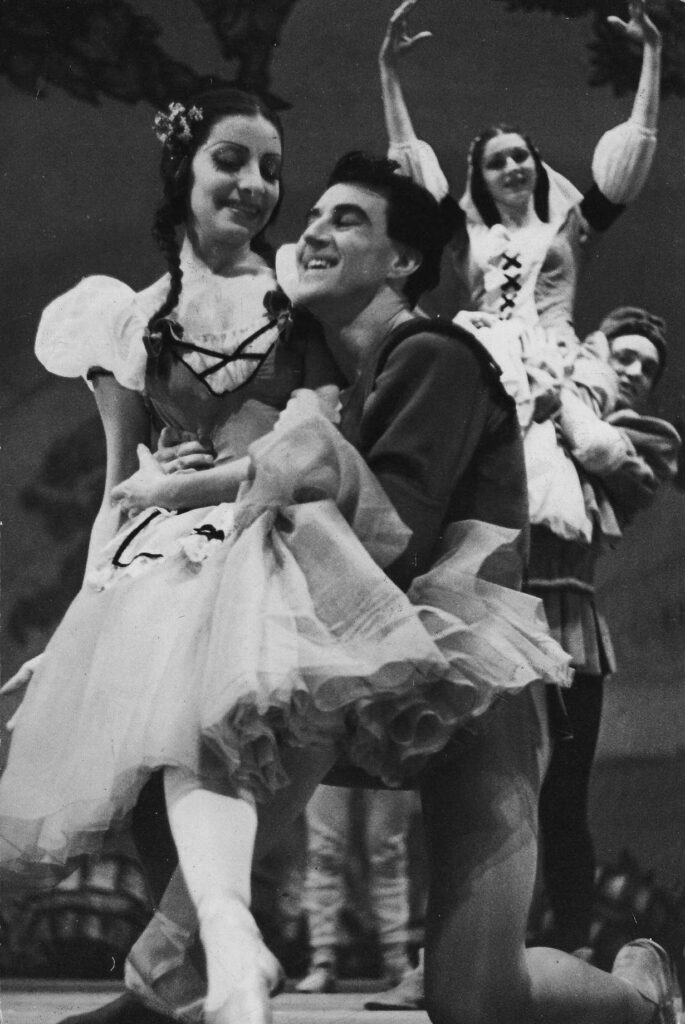
Right from the start, Alonso knew how to give the character a human touch and, at the same time, after much reflection and experience, to bring together in her version of the romantic classic a richness that was in danger of being lost in the heritage of universal ballet, together with the contributions of her own creativity, which, far from confusing the product, enriched it in the straight line of respect for the original.
In the last 80 years, critics have always spoken of Giselle before and after Alicia Alonso. This is a special and unique case in the history of classical dance. The relationship between artist and character has reached a mutual ecstasy between aesthetic experience and something that initiates a new mythology of dance. For future generations, the images of Alicia Alonso in Giselle will be the equivalent, each in its own time, of the engravings of Marie Taglioni in La Sílfide, of Fanny Elssler in La Gitana, of Carlotta Grisi in La Péri. These images are the patent, the inspiration, the basic reference icon for stage recreation or theoretical speculation. Today we also have the resource of film, and Alicia Alonso’s Giselle was filmed and is an invaluable document. In it, Alonso has already carried out a profound work of playwriting, of theatrical justification, of the revival of pantomime. A truly exemplary work on how to work with a classic.
Giselle has long been the personal trademark of Alicia Alonso and the National Ballet of Cuba, the highest expression of the versatility and high level of both the artist and the company.
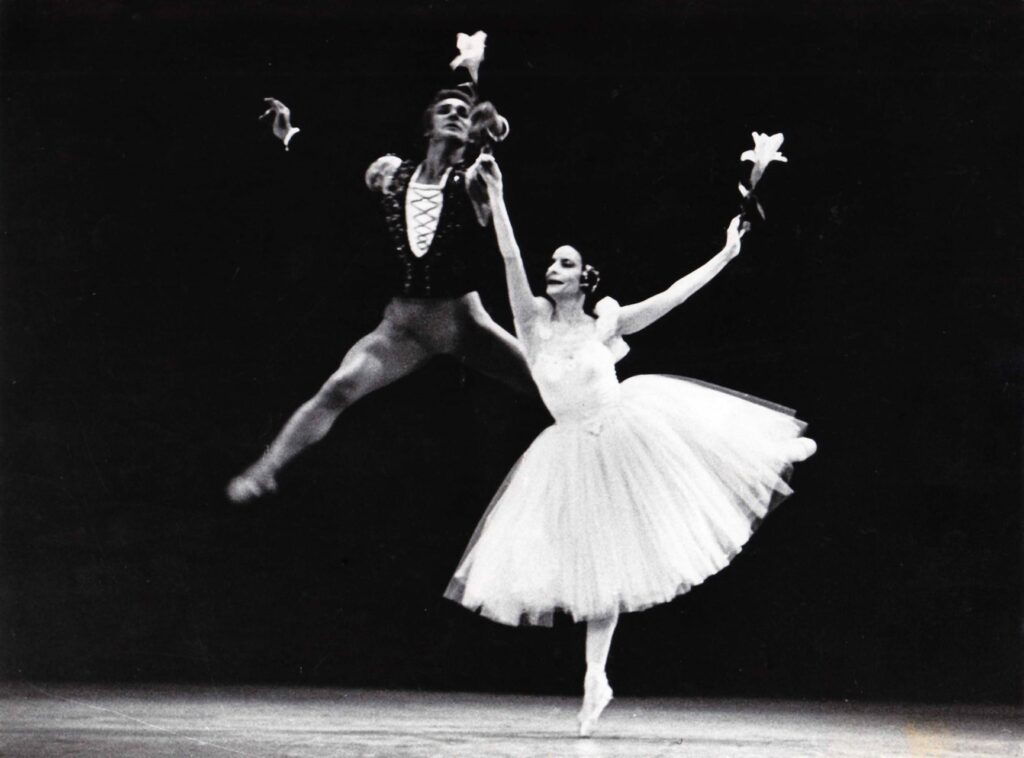
The now legendary substitution of Alicia Márkova for Alicia Alonso took place in 1943, during the season of the American Ballet Theatre in New York. Since that 2 November, thousands upon thousands of people all over the world have seen her as Giselle. She is the ballet dancer who has taken her favourite character the furthest. All these spectators have had access to the living legend, to the moments of exhilaration that only true art can produce.
With the passage of time, Alicia Alonso has not only enriched her personal performance of the role, but also that of the National Ballet of Cuba, and they have agreed on what is already a cliché: Alicia Alonso is the greatest Giselle of our time, and the Cuban version of the ballet of the same name is the most rigorous that can be seen around the world today; a version that has become part of the repertoire of the most important ballet companies in the world, including the Paris Opera. Giselle was born there, and the most universal of Cuban artists brought her back, not only dusted off, but even more beautiful. Her version has also found its way into the repertoire of the Teatro Colón in Buenos Aires, the Vienna Opera and the Teatro San Carlo in Naples, among other great ballet companies of the world.
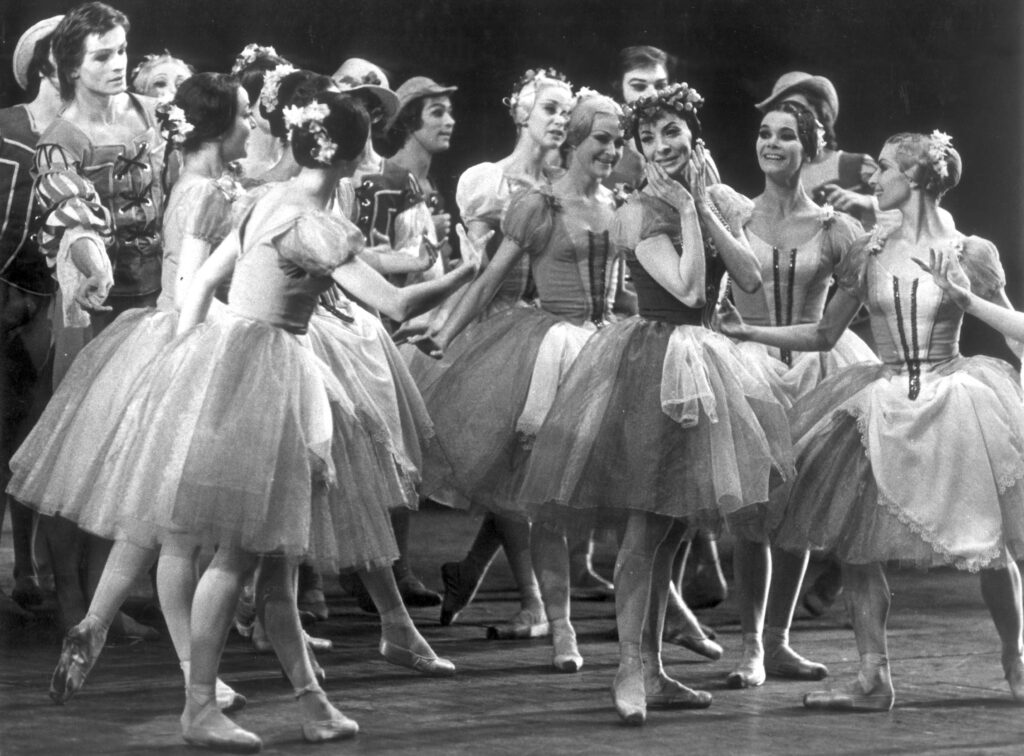
Since her debut in 1943, Alicia Alonso has spent fifty years dancing the role of Giselle, the quintessence of ballet romanticism and the epitome of greatness in dance performance.
Alicia Alonso’s triumph in Giselle not only paved the way for dance in Cuba, but was also a beacon for the whole of Latin America. The dancer’s non-negotiable determination to keep her Latin name, at a time when Slavic or Anglo-Saxon surnames seemed to determine box-office success, not only pointed to an artist’s particular conviction to maintain her identity, but also validated Latin American culture in the art of ballet. Alonso showed that Latin American physicality was not at odds with classical dance; the essence of the movements, the particular rhythm of our lands, determined by miscegenation, did not dull, as many thought, but brought new nuances, enriched the universe of ballet. The foundation of these characteristics sustains today’s renowned Cuban Ballet School, one of the best Latin American emblems in the world of classical dance. For these reasons, Alicia Alonso is not only the legendary dancer of the Cubans, but her symbolic dimension, her art and her work belong to the whole continent and the whole world, transcending borders.
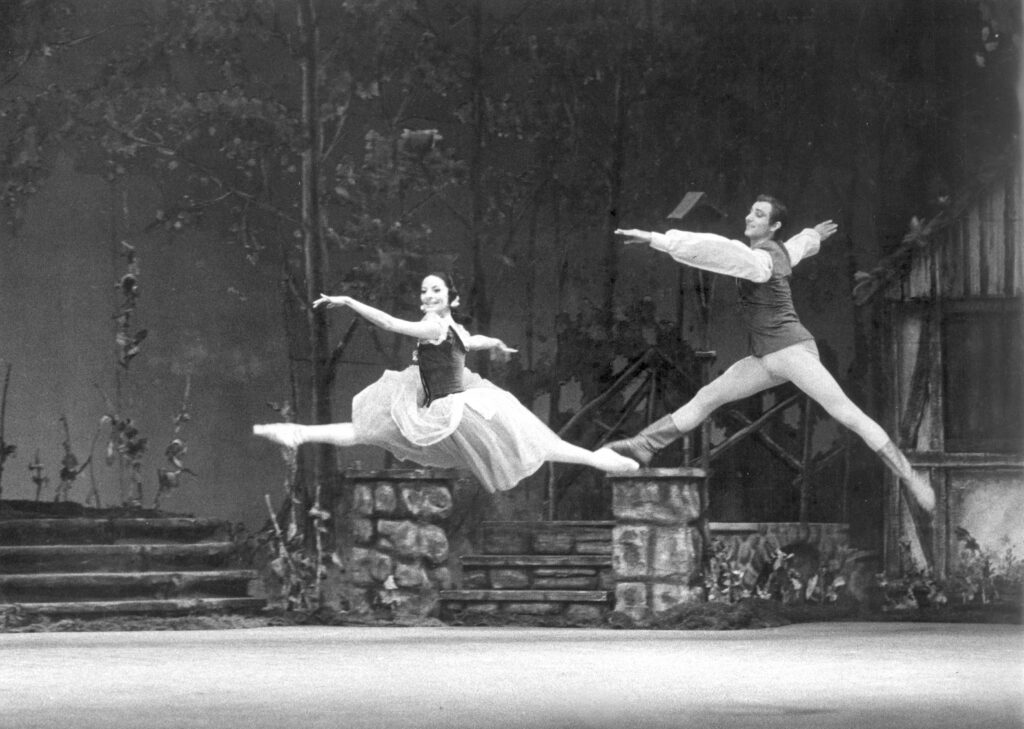
Source and photos: National Ballet of Cuba
Translated by Luis E. Amador Dominguez



